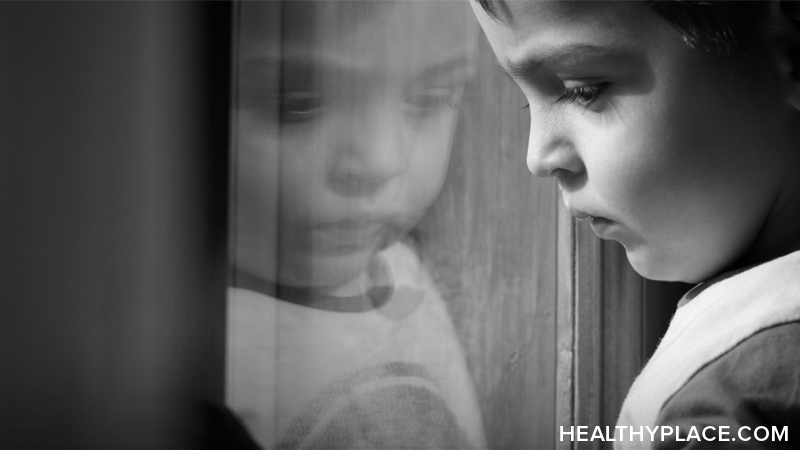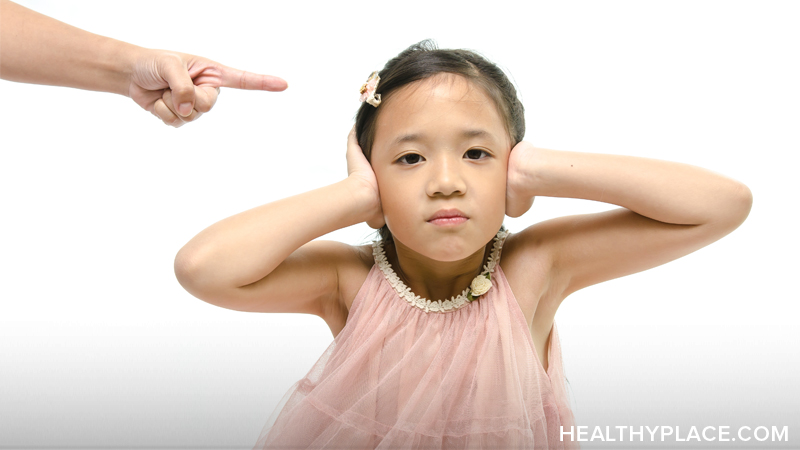
Personality disorder symptoms make it difficult for those suffering from one of these disorders to cope with the challenges of everyday life. Sure, everyone has trouble getting along with others and coping with difficult situations at some point in life, but it's different for people with personality disorders. (Read about famous people with personality disorders.)
Personality disorder symptoms involve behavior patterns that make it consistently difficult for sufferers to maintain relationships and get along with others, regardless of the situation. There are four key symptoms of a personality disorder that mental health professionals look for when evaluating a client:
- Relationship (interpersonal) problems
- Poor impulse control
- Inappropriate emotional responses
- Distorted thinking
These four personality disorder traits combine in different ways to create the 10 different personality disorders listed in DSM-5 (APA, 2013). Each disorder has a list of observable symptoms associated with that condition.
Recognizing Personality Disorder Symptoms
You can read about them here and learn about them directly from the DSM-5, but actually recognizing personality disorder symptoms could be difficult. Remember, the individual must exhibit the signs consistently, over time, regardless of the situation.
Interpersonal problems
For instance, a person who constantly changes their close friends and romantic interests may have interpersonal problems associated with personality disorders. Imagine a coworker (we'll call her Susan) who tells you about a "great" guy she met recently. Perhaps they've only been on a couple of dates, but she's already talking about a future wedding. Certainly, some people do meet, fall in love very quickly, and have successful marriages, on occasion. But your friend, Susan, shows up the very next week saying very negative things about the man she spoke so highly of just days before. You observe this happening again-and-again over time. You notice that she never has any long-term close friends either – hanging out with one person for a couple of weeks and then dumping her and moving on to another "best friend" rapidly.
Poor impulse control
Regardless of which of the 10 disorders a person has, he or she will exhibit poor impulse control. These problems with control can show up in the form of over- or under-controlled impulses. Imagine someone you know (we'll call him Tom) who is always stiff and constricted. Tom feels the need to carefully consider every action he takes. He thinks deeply about whether any action he takes may result in ridicule or embarrassment, causing him to miss out on many of life's spontaneous, yet fulfilling experiences. A person like this may have Avoidant Personality Disorder.
On the other hand, another individual may exhibit almost a total lack of impulse control – failing to think ahead about possible consequences of his actions. He may engage in overspending, promiscuous sexual encounters, aggressive behaviors, drug abuse, or excessive risk-taking. Two examples of personality disorders where sufferers lack impulse control are Antisocial Personality Disorder and Borderline Personality Disorder.
Inappropriate emotional responses
One of the most easily observable personality disorders symptoms involves the inappropriate emotional responses exhibited by sufferers. Each of the ten disorders has a specific emotional response pattern associated with it. For some of the disorders, sufferers have an overblown sensitivity and experience exceptionally intense emotions, such is the case with Histrionic Personality Disorder, Borderline Personality Disorder and others. People with other personality disorders, like Schizoid Personality Disorder, show little to no emotional response to any event, regardless of circumstance. People with healthy personalities typically understand when to express a particular emotion, and at what magnitude to express it, and when it's best to refrain from showing emotion.
In the 1987 movie, Fatal Attraction, actress Glenn Close plays a woman with an inappropriate emotional response pattern exhibited by people with Borderline Personality Disorder.
Distorted thinking patterns
The distorted thinking patterns associated with personality disorders involve a problematic perception of a sufferer's self in the world. These distorted interpretations involve:
• Extreme all-or-nothing thinking – everything is black and white; no gray
• Idealizing, then devaluing others or themselves
• Unwarranted suspicious and distrustful thoughts
• Odd beliefs that lie outside those of societal norms
• Thoughts that include environmental or bodily illusions
For instance, a friend of yours may "see" someone's face morph right before her eyes, or "hear" someone calling her name, when, in fact, neither of those things are real. Your friend can easily understand that these perceptual distortions aren't real and that they didn't really occur. This type of thinking is typical of Schizotypal Personality Disorder.
Another person may have odd beliefs, such as strange superstitions and worldviews that lie far out of line with the individual's actual cultural and environmental norms. Don't take this to mean that every person with superstitious or odd religious beliefs has a personality disorder. For example, let's say your friend "Lisa" is a Christian raised in the United States. She believes that carrying 10 blanched almonds in her purse will help her end up in heaven upon death. Many Americans believe in heaven and an afterlife, but the belief that carrying almonds has something to do with getting to heaven is definitely out of the norm.
One of the common personality disorder symptoms related to distorted thinking is a black and white thinking pattern. You may know someone who persistently tends toward all-or-nothing thinking. This type of thinking pattern involves statements that use "always" or "never". Examples of this might be someone who frequently says things like, "I never do anything right", or "If she doesn't adore me, she must despise me", or even, "You are not brilliant, so you must be intellectually challenged". These statements have an all-or-nothing stance.
Another pattern of distorted thinking includes an elevated level of distrust and suspiciousness. An individual with this type of thinking shows distrust of others, always suspecting people are dishonest and out to harm them in some way. This person interprets the innocent actions of others in a negative way. For instance, she may think a birthday gift is really a thinly disguised way to manipulate her.
Distorted thinking gives rise to the other three core personality disorders symptoms discussed above.
Diagnosis of Personality Disorder Symptoms
Mental health professionals follow DSM-5 guidelines for diagnosing personality disorder symptoms. Once they verify that gross brain damage, disease, or another psychiatric disorder hasn't caused the behavior, a mental health professional will see if the patient meets the following criteria:
1. Markedly disharmonious behaviors that involve issues in impulse control, relating to others, perception and thinking, and emotional response.
2. The disharmonious behavior patterns are pervasive, long-term, inflexible, and are not a result of episodic mental illness.
3. The abnormal behavior patterns occur consistently across a wide range of personal, professional, and social situations.
4. The behaviors began during childhood or adolescence and persist into adulthood.
5. The individual experiences significant personal distress due to the disorder, but this may only occur later on in its course (i.e. when the person is in his or her 40s or 50s).
6. The individual typically, but not always, experiences considerable problems with professional and social success.
To determine which of the ten personality disorders a person has, the physician or psychologist will look for at least three traits or behaviors associated with the specific personality disorder.
article references









